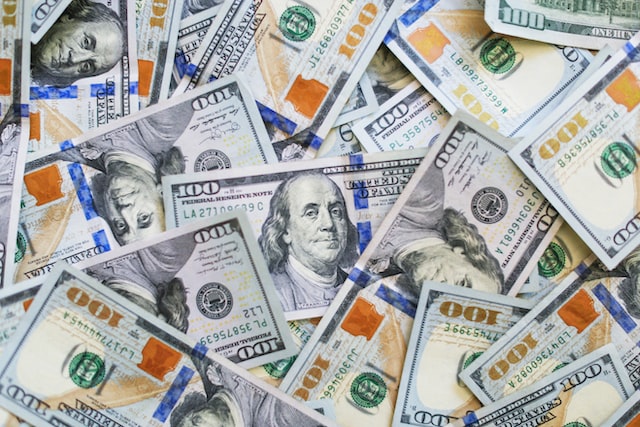June Inflation Rises as Trump’s Tariff Threats Stir Economic Anxiety
Inflation accelerated in June, raising concerns among economists and policymakers who fear that President Donald Trump’s escalating trade threats could be fueling a new wave of price increases across the U.S. economy.
The uptick in inflation arrives just weeks before Trump is expected to impose tougher tariffs on key U.S. trading partners, with August 1 set as the potential launch date. Economists warn that additional import taxes could drive up consumer costs at a time when Americans are already feeling price pressures in essential goods.
By the Numbers:
The Consumer Price Index (CPI) rose 0.3% in June, a notable jump from the 0.1% increase recorded in May. The core CPI—which excludes volatile food and energy costs—also edged up 0.2%, doubling its previous month’s gain.
Year-over-year, overall inflation climbed to 2.7%, up from 2.4% in May. Core inflation similarly inched higher, reaching 2.9% in the 12 months ending in June, compared to 2.8% the month before.
What’s Driving the Rise:
A sharp 1% spike in gasoline prices was a key driver of last month’s inflation, breaking a four-month streak of falling energy costs. The Trump administration has long claimed that any price increases tied to tariffs would be offset by lower fuel prices—but that safety net appears to be slipping.
Other product categories that could soon reflect the impact of tariffs also showed signs of inflation. Clothing prices, for instance, rose 0.4%—the first increase since March—potentially signaling early ripple effects from trade tensions.
However, not all categories are heating up. Prices for new vehicles declined by 0.3%, continuing a downward trend, while used car and truck prices fell by 0.7%—their second consecutive monthly drop.
Looking Ahead:
Experts believe the full impact of Trump’s tariff strategy has yet to surface. Many businesses built up inventories earlier in the year to avoid the brunt of increased duties. As those stockpiles dwindle, higher costs for imported goods may begin to show more prominently in inflation reports later this year.
Meanwhile, the White House is turning up the heat on Federal Reserve Chair Jerome Powell, urging the central bank to lower interest rates to cushion the economy against trade-related shocks. So far, the Fed has held rates steady, adopting a wait-and-see approach to monitor the fallout from Trump’s tariff plans.
Bottom Line:
With inflation picking up and new trade barriers looming, pressure is mounting on policymakers to strike a balance between curbing prices and sustaining economic growth. As Trump doubles down on tariffs, the road ahead for American consumers—and the broader economy—could become bumpier.


